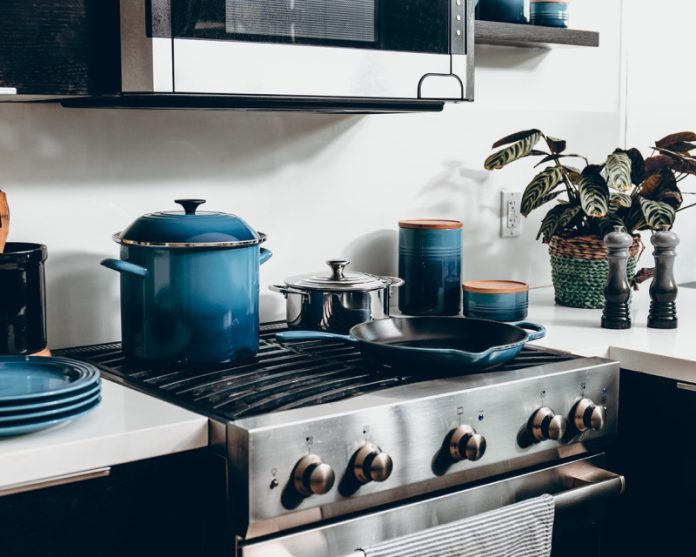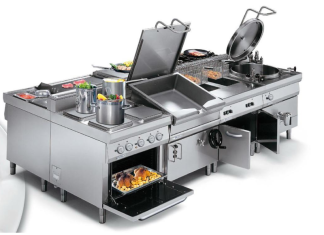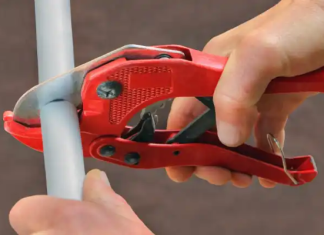Gas stoves are an excellent choice for anyone who wants to cook with more precision. They’re also suitable for people who don’t have an induction stove as they can function on any cooking surface.
However, gas stoves require specific pots and pans. Choosing the wrong one might lead you to an unplesent experience – buring your delicious meal.
But don’t worry! Here is what you need to know to pick up the best cookware for gas stoves.
Types of pots and pans: Which one is best for gas stoves?
You may find several pots and pans in the market in terms of materials and provisions offered. Below is a detailed discussion on the types of pots and pans and the particular benefits they offer.
Cast Iron
Cast iron is a top choice for any stove, and they’re especially great for gas. They’re heavy and transfer heat well, absorbing the flame while cooking. It creates an even heating surface that can cook food without hot spots or cold patches.
Cast iron also has the best heat retention properties of any pan, which means it won’t cool down too fast after turning off your burners. The result is a long and consistent cooking time and better results.
Aluminum
Aluminum is an excellent heat conductor and distributor. It is comparatively soft, lightweight, and prone to warping when subjected to high temperatures.
Aluminum is a very effective material for gas stoves because it won’t break or crack. It is helpful with gas stoves, as the heat they produce can be extremely hot and harsh.
Stainless Steel
Corrosion-resistant and non-reactive stainless steel is an excellent material for kitchenware. It is, however, a poor heat conductor. Stainless steel needs lamination or clad with a heat-conducting metal such as aluminum or copper to make up for this.
When stainless steel covers these two metals as an inner core, it provides more outstanding heating capabilities and durability.
Ceramic
Ceramic is another material that can be covered with other materials to enhance its properties. It works well on glass-top stoves, ceramic, and gas stovetops.
However, it is highly fragile and easily chipped or scratched. Ceramic has a non-stick surface that can handle high heat levels without warping. It is ideal for rice cookers. Also, it is available in a wide variety of colors and glazes.
Stoneware
Stoneware is extremely durable and versatile. It is also able to handle high temperatures without warping. Additionally, it’s naturally non-stick.
Unfortunately, this material is heavy and may crack or shatter if dropped. Be sure to handwash your stoneware cookware with gentle soap and warm water.
What to Look for When Buying a Pot or Pans?
Size and Shape
It is an important consideration. Gas burners are smaller, and you will need cookware that fits well on them. Size can affect how much your cookware heats and what kinds of foods it cooks evenly.
There are several shapes, including circular and rectangular. For example, a smaller pot or pan will be able to heat up quickly and evenly. It also helps when you’re cooking side dishes like vegetables.
Material
It’s ideal if you had long-lasting Pots & pans with excellent conductivity for gas stoves. Efficient transfer of heat is essential to avoid hot spots. This is especially true for gas stoves. Aluminum and stainless steel are the most commonly used metals for this purpose.
Rivetless or Riveted?
The answer depends on your budget and cooking style. For example, rivetless pans can make cleaning easier because food doesn’t get trapped in crevices with a smooth surface. But rivets can make your cookware less resistant to dents and scratches.
Non-stick Or Not?
Non-stick coatings are one way to make food preparation easier. You can avoid the use of oils and fats, which tend to leave a bitter residue on your food.
Non-stick surfaces need very little oil and make cleanup a breeze. However, most non-stick coatings can scratch or wear off with high heat and harsh cleaning methods.
Handle or No Handle?
Handles are necessary for most pots and pans. They allow you to safely handle your pot or pan while transporting ingredients from the stovetop to the dishwasher. Handles come in different shapes and can be made from metal, silicone, or plastic.
Conclusion
By using the best pots and pans, you will be able to prepare food faster and more thoroughly. You will also gain a level of safety and ease of cleaning not possible with traditional utensils.
So, it’s important to take your time as you look for the right set. In addition, you should find cookware that fits easily on your stove and being attractive enough for the kitchen counter.















